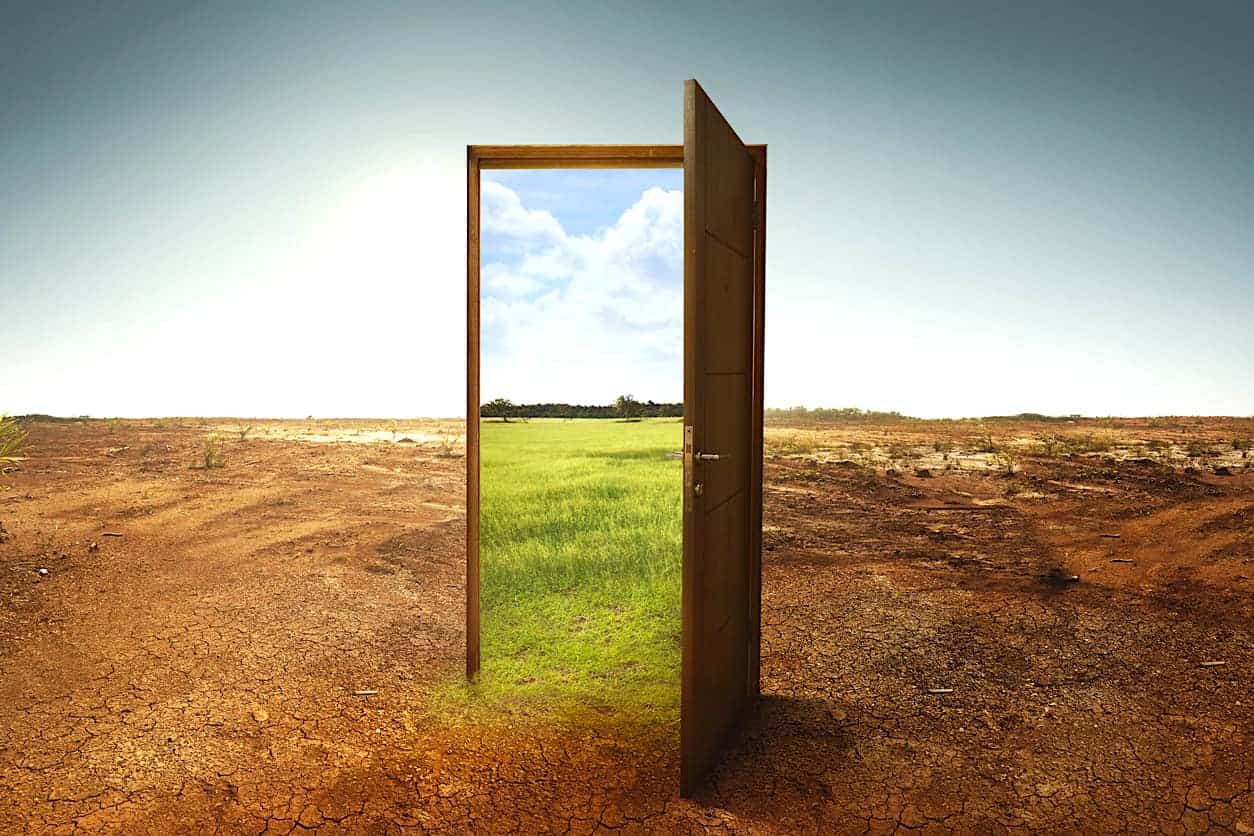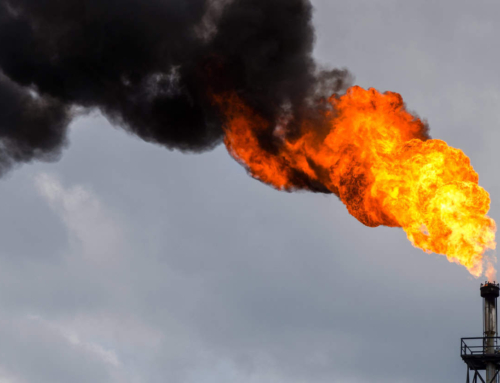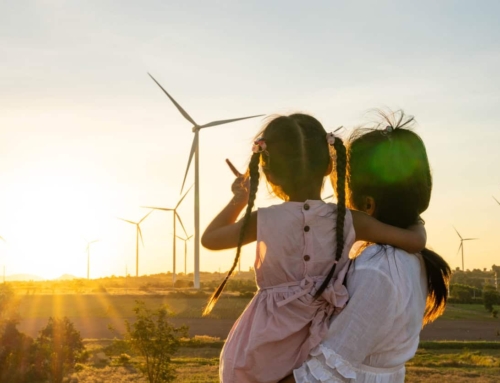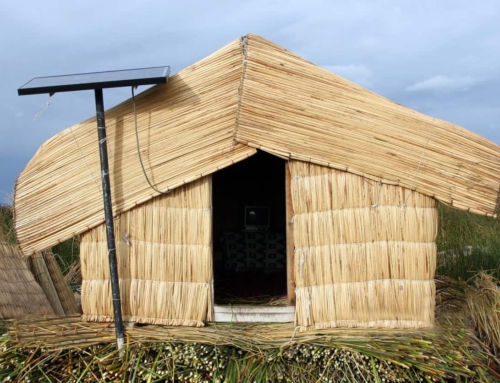I am captivated by maps. They possess some magical pull on my imagination. Names take on a mystical significance with the rhythm of their syllables; the Serengeti, Ngorongoro, Kyoto and the Cauca. This could just be a romantic reflection, but I am curious about our human attraction to horizons. What can this mean for climate communications?
How is it that we will take to small boats to cross oceans, or head across barren lands in search of green paradise, or ride a small capsule to the moon and back? Is there some genetic trait that humans possess that makes us insatiable explorers? We are capable of imagining the future to a greater extent than any other species. It must be one of our principle human drives.
For climate communicators, in the midst of a pandemic, the lesson is to first create a vision that attracts people. This is your destination and it is beautiful and wonderful. It makes us want to get into the boat and head for uncharted territories. When we think about the future, we can anticipate the pain of a pandemic or an economic collapse, but we can also imagine building a better future. One that is cleaner and more just.
These two visions are not equal, nor do we generate them equally in our minds. We are much more likely to imagine the good in the future than the bad. This is how we survive.
Right now we are at the lowest point. We have a pandemic, an economic collapse, climate disaster, social inequity, and political chaos with no leadership. It’s easy to dwell on this morass. But if we are to survive, we must create a positive vision of the future we want. It doesn’t need to be Pollyannaish or full of rainbows and cupcakes. That kind of vision tends to disappoint. Rather our vision needs to be realistic and achievable. It has to have benchmarks to measure progress along the way to make sure our effort is sustainable and we haven’t wandered off the map. Above all, it has to be inspirational and positive.
If you are a climate communicator, this is a good time to go back and listen again or read again the “I Have a Dream” speech of Rev. Dr. Martin Luther King Jr. He didn’t sugar coat the problem of race, poverty or inequality. Nor did he give fifteen reasons why it was wrong. Instead he ended with a picture of a future that inspired, “I have a dream….” He provided a destination that made the journey worthwhile. We may not be there yet, but we are still following that vision.
We have the same challenge in climate. Doom and gloom aren’t motivating. Nor are complain, shame, and blame. Once we acknowledge that coral reefs are dying, we are better off talking about how beautiful and essential they are and the steps we can take to save them. We can’t talk only about climate injustice, but rather tell stories about a world where justice thrives. We don’t need complain about dirty tar sands pipelines, but paint a picture of clean, inexpensive renewable energy. Fear captures attention for each issue, but it does not hold our attention. We cannot persuade people by scaring them. We can only attract them. Our vision is that attraction. It has to be more powerful than the fear we face. It has to make others want to join us on our journey.
My vision is tens of thousands of climate communicators writing, speaking and attracting others with a vision of a cleaner and more just future. I want us to wake up one day and realize we are being successful because of the vision we created based on our values of empathy, compassion, fairness, inclusivity, strength and family.
So here’s my challenge. What is your destination on the climate map? What is your vision for a better climate future? Show me the route. Write it down and share it with me. Make me feel it.
‘We are all connected. Savor the Earth!’™
Hobie,
L. Hobart Stocking
SkyWaterEarth.com
hobart@skywaterearth.com
651-357-0110
Facebook: @SkyWaterEarthConnected
Twitter: @SkyWaterEarth








Leave A Comment